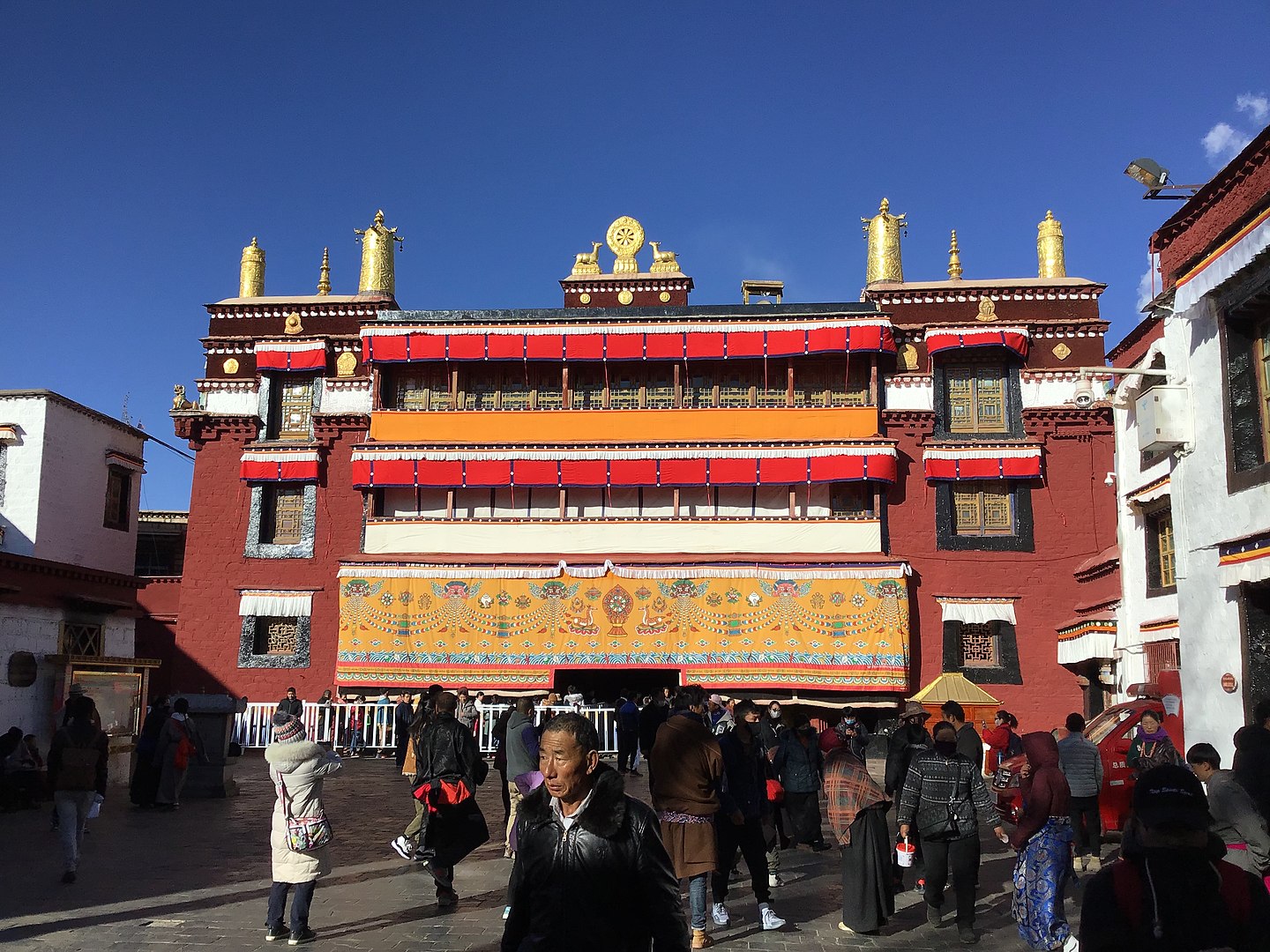
The Ramoche Tsuklakhang is one of Lhasa's two main temples and home to Jowo Mikyo Dorje, one of Tibet's holiest images. The temple was founded in the mid seventh century by King Songtsen Gampo's Chinese Queen Wencheng Kongjo to house the Jowo image that she brought from China as part of her dowry. Early Tibetan sources report that Wencheng summoned artisans and carpenters from China to work on the Ramoche. Kongjo's Jowo was later installed in the Lhasa Tsuklakhang, and Queen Brikuti's Jowo Mikyo Dorje from Nepal was installed in its place in the Ramoche Tsuklakhang. In the thirteenth century, the rulers of Tsel Gungtang carried out extensive restoration and renovation of the temple. In 1485, Kunga Dondrub, the founder of Gyuto Tantric College, saved Lhasa from a flood and received Ramoche in perpetuity. He moved Gyuto to the Ramoche complex. The Fifth Dalai Lama carried out an important restoration of Ramoche in the seventeenth century.
